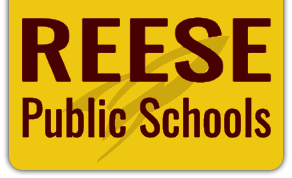Series 4000: District Employment
4200 Employee Conduct and Ethics
4203 Corporal Punishment and Limited Use of Reasonable Force
A. Definition
“Corporal punishment” is defined as the deliberate infliction of physical pain by hitting, paddling, spanking, slapping, or any other physical force used as a means of discipline. Corporal punishment does not include physical pain caused by reasonable physical activity associated with athletic training.
B. Prohibition
Employees will not inflict, or cause to be inflicted, corporal punishment upon any student under any circumstances. Any employee who engages in corporal punishment against a student will be subject to discipline, including discharge. An administrator or supervisor will report the employee to CPS consistent with Policy 4202.
C. Alternatives to Corporal Punishment
The Board has reviewed and approved the administration’s list of alternatives to the use of corporal punishment. District administrators will distribute the list of alternatives to employees, volunteers, and contractors. See 4203-AG.
District employees must implement alternatives to corporal punishment. An employee may request assistance from other employees or administration when addressing student conduct.
D. Limited Use of Reasonable Force
Employees may use reasonable physical force upon a student as necessary to maintain order and control in a school or school-related setting for the purpose of providing an environment conducive to safety and learning. Use of reasonable force is permitted under any of the following circumstances:
1. to remove a student whose behavior is interfering with the orderly exercise and performance of school functions within a school or at a school-related activity, if that student has refused to comply with a request to refrain from further disruptive acts;
2. for self-defense or the defense of another;
3. to prevent a student from inflicting self-harm;
4. to quell a disturbance that threatens physical injury to any person;
5. to obtain possession of a weapon or other dangerous object upon, or within the control of, a student; or
6. to protect property
Use of reasonable force upon a student must not, in light of all known factors, be excessive, unnecessary, or take place for a longer duration than is necessary to address the circumstance justifying the use of reasonable force.
E. Training
The District may provide training to employees on the use of reasonable force and physical intervention techniques. If the District has provided that training to an employee, the employee must comply with that training
F. Seclusion and Restraint
Employees must comply with Policy 5211 on Seclusion and Restraint of students and federal and state law. An employee’s illegal use of seclusion or restraint may result in discipline, including discharge.
Legal authority: MCL 380.1307, 380.1307a-h, 380.1312
Date adopted: 08/09/2021
Date revised:


